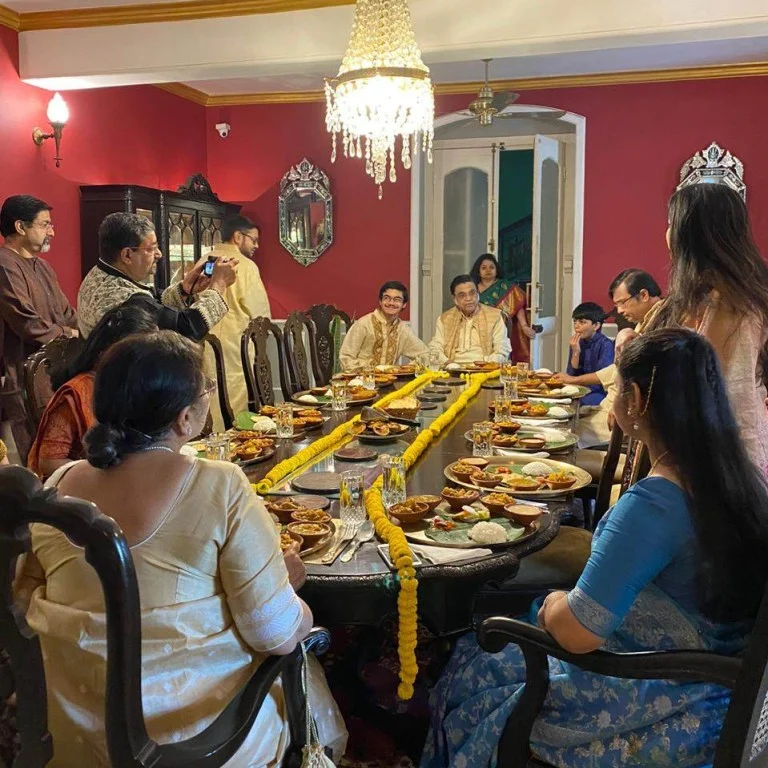vcdiversity.org – Throughout history, the dining habits and culinary preferences of royalty have not only reflected the wealth and power of their reign but also influenced the gastronomic landscape of their era. The regal table has been a stage for the display of opulence, a laboratory for culinary innovation, and a diplomatic tool for forging alliances and celebrating peace. This article delves into the rich history of royal cuisine, exploring its evolution, its impact on culture, and the stories behind some of the most iconic dishes that have graced the tables of kings, queens, and emperors.
The Origins of Royal Cuisine:
The concept of royal cuisine dates back to ancient civilizations, where rulers sought to distinguish themselves from their subjects through elaborate feasts. In ancient Egypt, pharaohs were believed to dine on exotic foods, such as gazelle and ibis, prepared by specialized chefs. Similarly, in the courts of Imperial China, the emperors enjoyed a vast array of dishes, with each meal consisting of numerous courses designed to balance flavors and textures.
The Medieval Feast:
During the Middle Ages, European royalty embraced the art of the feast, with banquets that could last for days. These events were not just about eating; they were spectacles that showcased the wealth and power of the monarch. The dishes were often elaborate and included exotic ingredients like sugar, spices, and citrus fruits, which were rare and expensive at the time. The use of spices was not only for flavor but also as a status symbol, with the ability to afford them a clear sign of wealth.
The Renaissance and the Art of the Table:
The Renaissance brought a new era of culinary sophistication to royal courts. Chefs began to experiment with new techniques and flavors, and the presentation of food became an art form. The French court, under the reign of Catherine de’ Medici, played a pivotal role in shaping modern haute cuisine. It was during this period that the fork became a common tool at the dining table, and the concept of multiple courses was refined.
The Influence of Royal Cuisine on Culture:
Royal cuisine has had a profound impact on the development of national cuisines. For example, the British love for tea can be traced back to King Charles II, who married the Portuguese princess Catherine of Braganza, who brought a taste for tea to the English court. Similarly, the French culinary tradition owes much to the innovations of chefs like Marie-Antoine Carême, who worked for various European royal families and is considered one of the founders of modern French cuisine.
Iconic Royal Dishes:
Some royal dishes have become iconic, transcending the confines of the palace to become beloved national or international delicacies. For instance, the Baked Alaska is said to have been created to honor the purchase of Alaska by the United States, while the dessert Charlotte Russe was named in honor of the Russian Empress Charlotte.
Conclusion:
The history of royal cuisine is a testament to the enduring power of food as a marker of status, a medium for cultural exchange, and a source of pleasure. From the opulent feasts of ancient pharaohs to the refined dishes of Renaissance courts, the regal table has been a place of culinary innovation and tradition. Today, while the political power of monarchies has waned, the legacy of royal cuisine continues to influence chefs and diners around the world, reminding us of the enduring allure of the dishes that once graced the tables of the great and the good.
